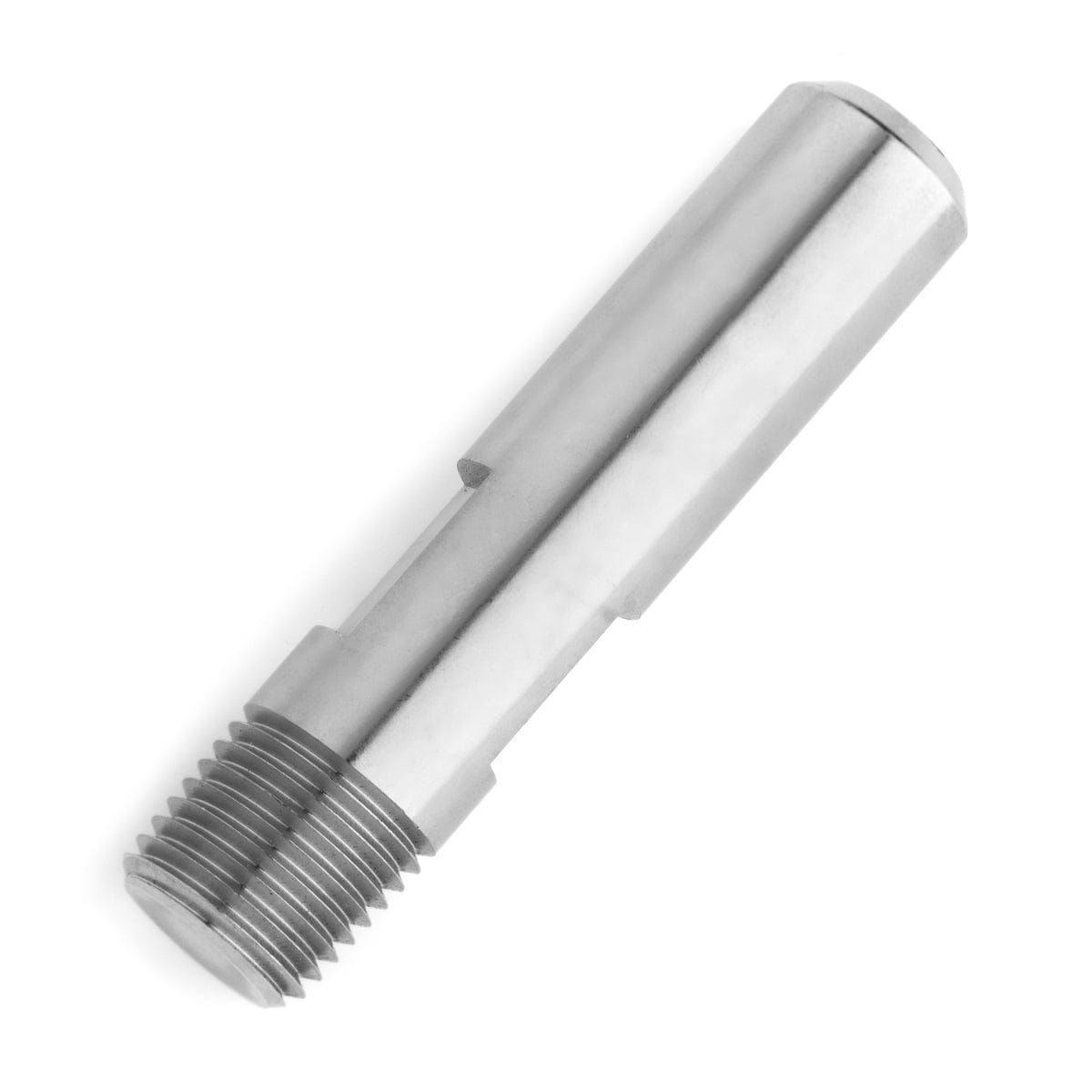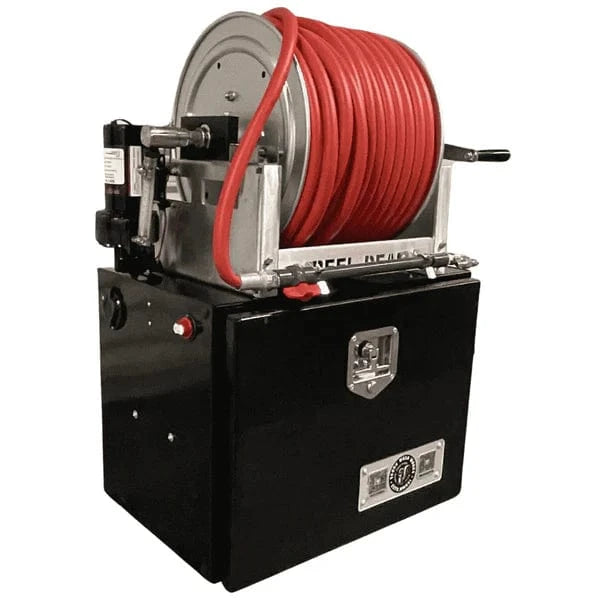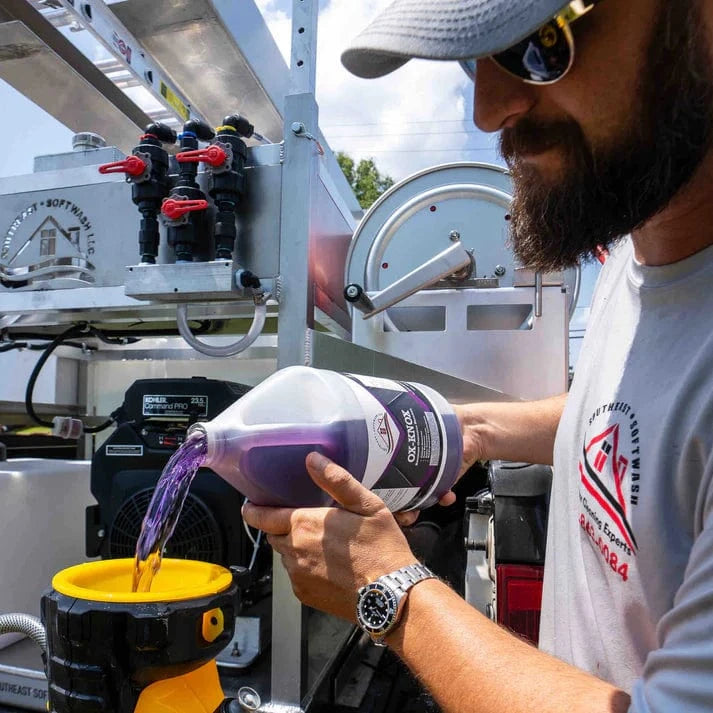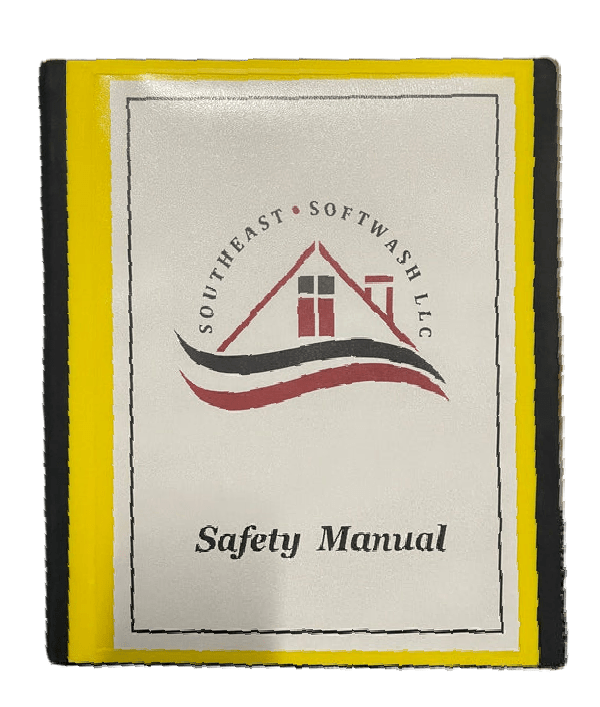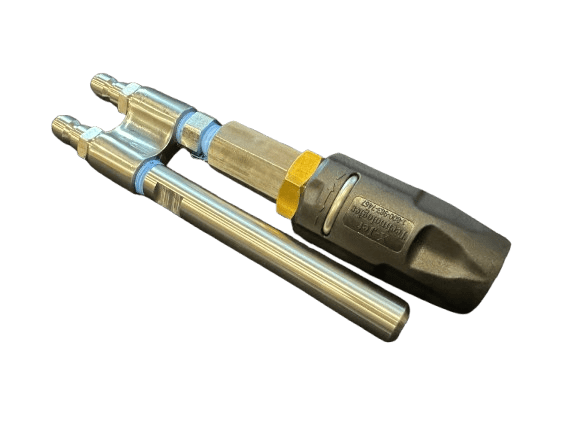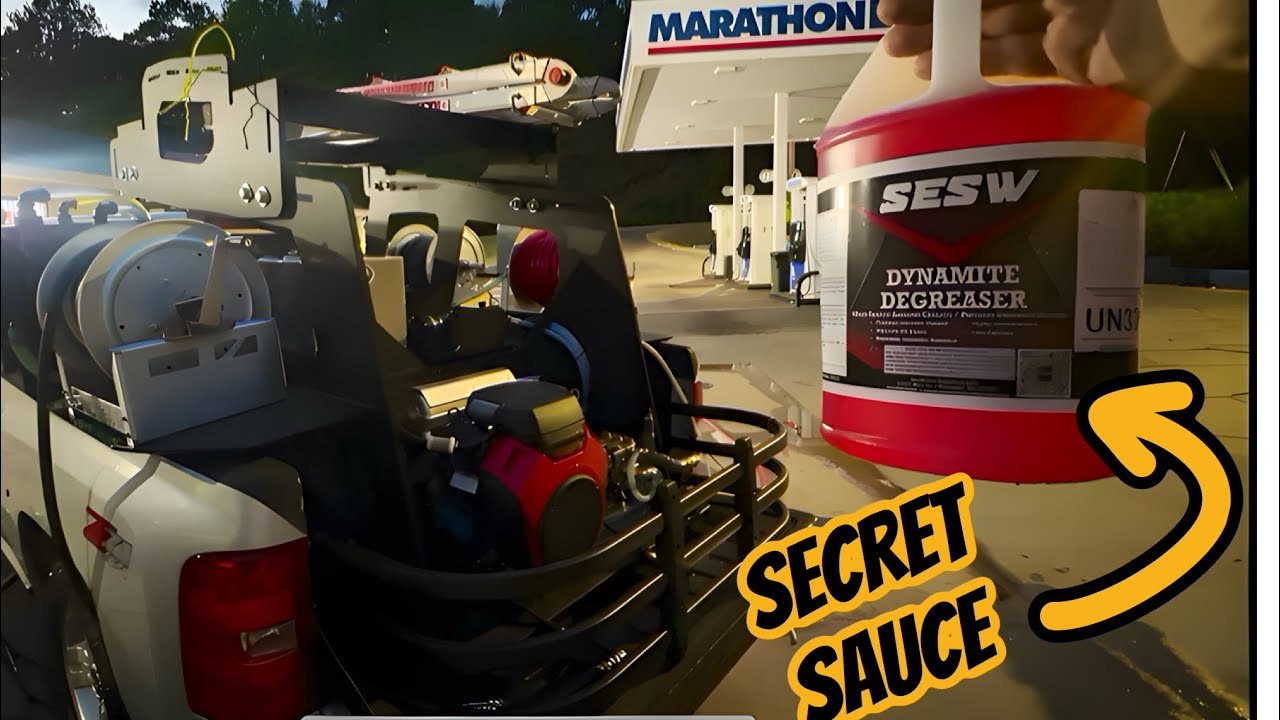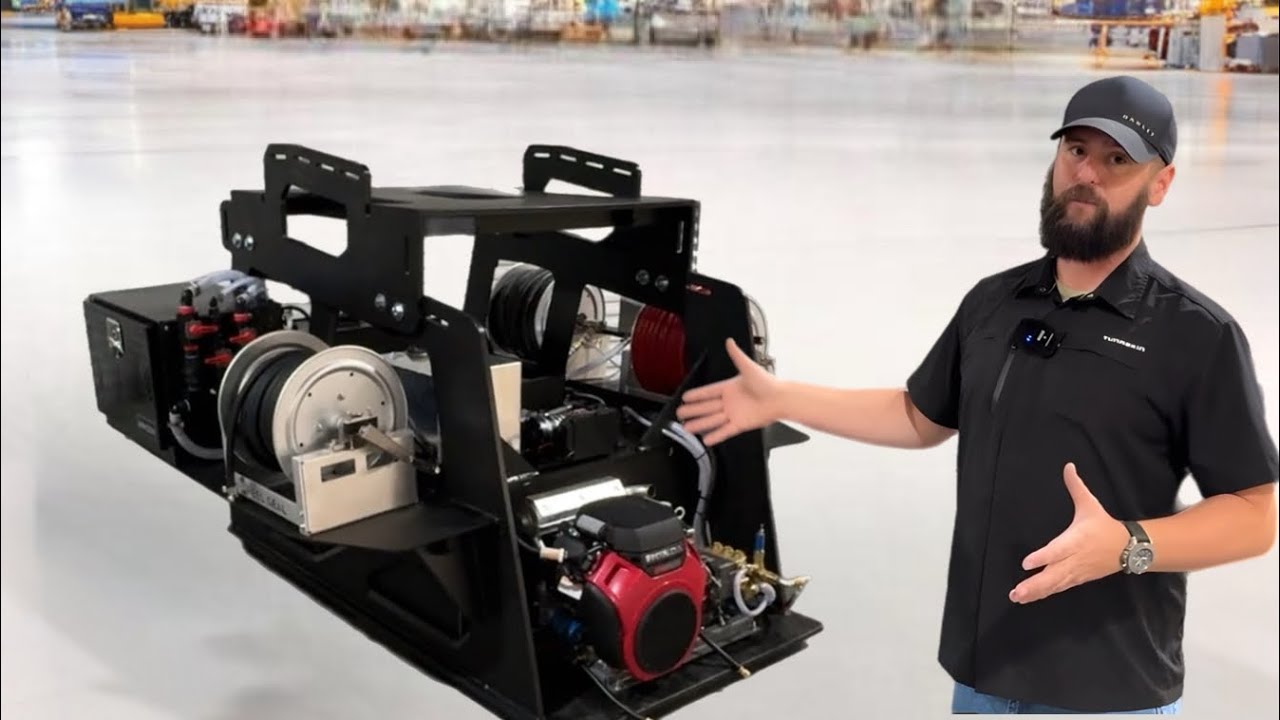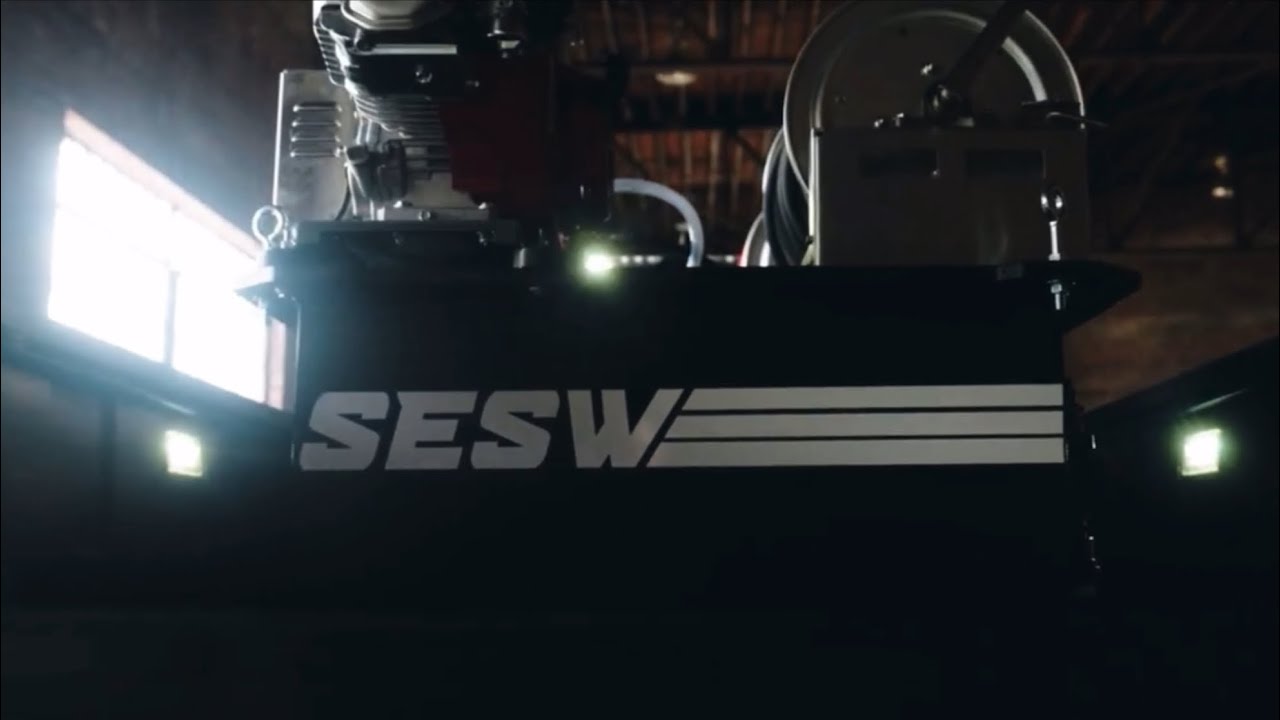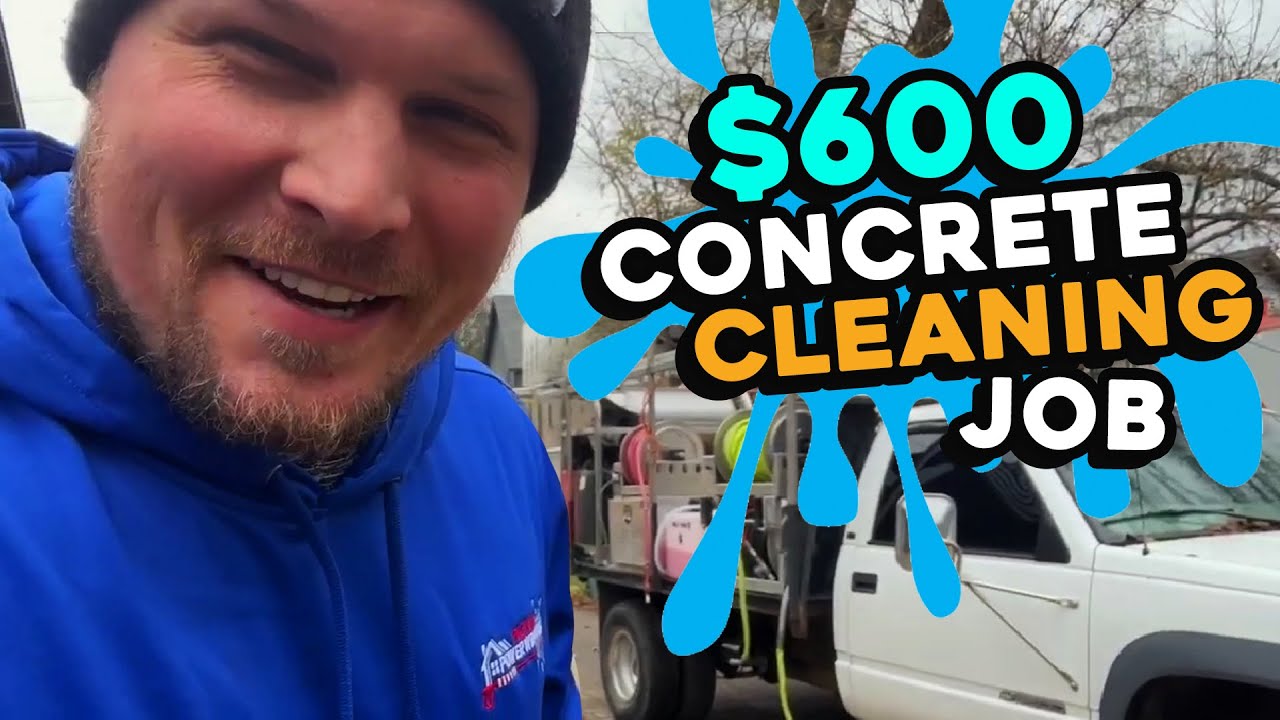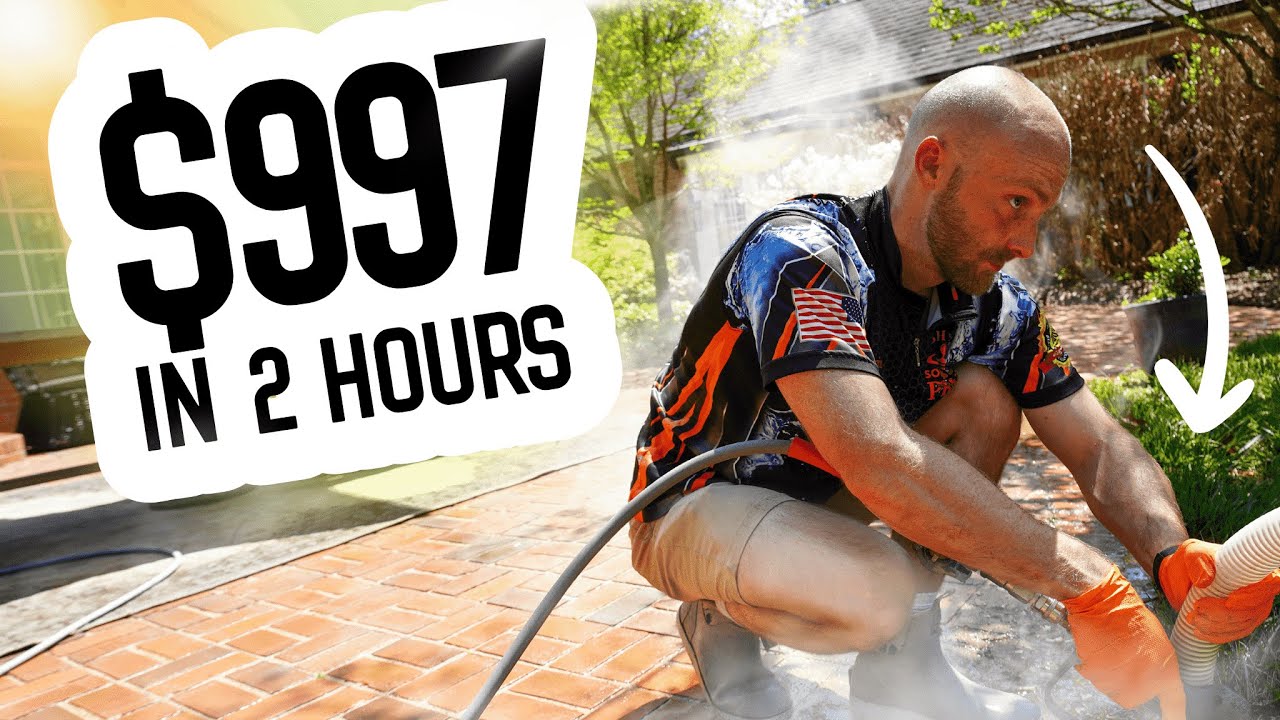Hey everyone, Cody here from Southeast Softwash, and today we’re diving into a common problem that many soft washing professionals encounter—pump cavitation. This issue can cause your equipment to pulsate, lose pressure, and even lead to pump failure if not addressed properly. In this quick video recap, we’ll show you one of the main causes of pump cavitation and how to avoid it.
What is Pump Cavitation?
Pump cavitation is a condition where air or contaminants in the water supply interfere with the normal operation of your pump. You’ll hear it, feel it, and see it when it happens—the pressure fluctuates, and your surface cleaner doesn’t work as it should.
The culprit in my case? No inline filter on my backup pump system. What happened was that a bunch of muck from the water tank clogged the pump’s check valves, leading to pulsating and cavitation. Let’s talk about why inline filters are essential for preventing this problem and extending the life of your equipment.
The Importance of Inline Filters
One of the biggest mistakes you can make is running your soft washing system without a proper inline water filter. An inline filter catches dirt, debris, and other contaminants before they enter your pump and cause havoc. Without it, your pump is at risk of cavitation and even premature failure.
During a recent surface cleaning job, my pump started pulsating uncontrollably. Upon inspection, I realized I hadn’t installed an inline filter on my backup pump, which allowed debris from the water tank to clog the pump. Trust me—you don’t want this to happen! If you’re experiencing cavitation, one of the first things you should check is whether you have a filter in place, and if you do, make sure it’s not clogged.
Installing an Inline Filter
Here’s a quick rundown of how I installed my inline filter:
-
Cut the Water Line: I looped my water supply line to make space and reduce sharp turns in the system. This helps maintain smooth water flow.
-
Attach the Inline Filter: Before you install, apply thread sealant and tighten your fittings. Remember not to over-tighten, especially when using polypropylene, as it can crack under pressure.
-
Check Water Flow Direction: Inline filters have an arrow showing the correct direction of water flow. Make sure the arrow points toward the pump and away from the tank. Misinstallation can reduce water flow.
-
Bleed the Air: If there’s air in your water lines, it can cause cavitation even with a filter in place. Make sure to loosen your fittings to allow water to flow properly before firing up your machine.
By using a clear filter, I can now visually inspect for debris before it causes any issues. It’s a simple, low-cost investment that can save you a lot of headaches and expensive pump repairs down the line.
Final Thoughts: Avoid Equipment Damage
Cavitation doesn’t just cause immediate performance issues—it can also shorten the life of your pump. Installing and maintaining a clean inline filter is a critical step in preventing these problems. If you’re in the soft wash industry and want to keep your equipment running smoothly, don’t skip this essential step!
If you’re serious about taking your soft washing skills to the next level, I highly recommend enrolling in the Southeast Softwash (SESW) Softwash 101 Class. This course covers everything from equipment setup and maintenance to advanced cleaning techniques that will save you time and money on the job.


